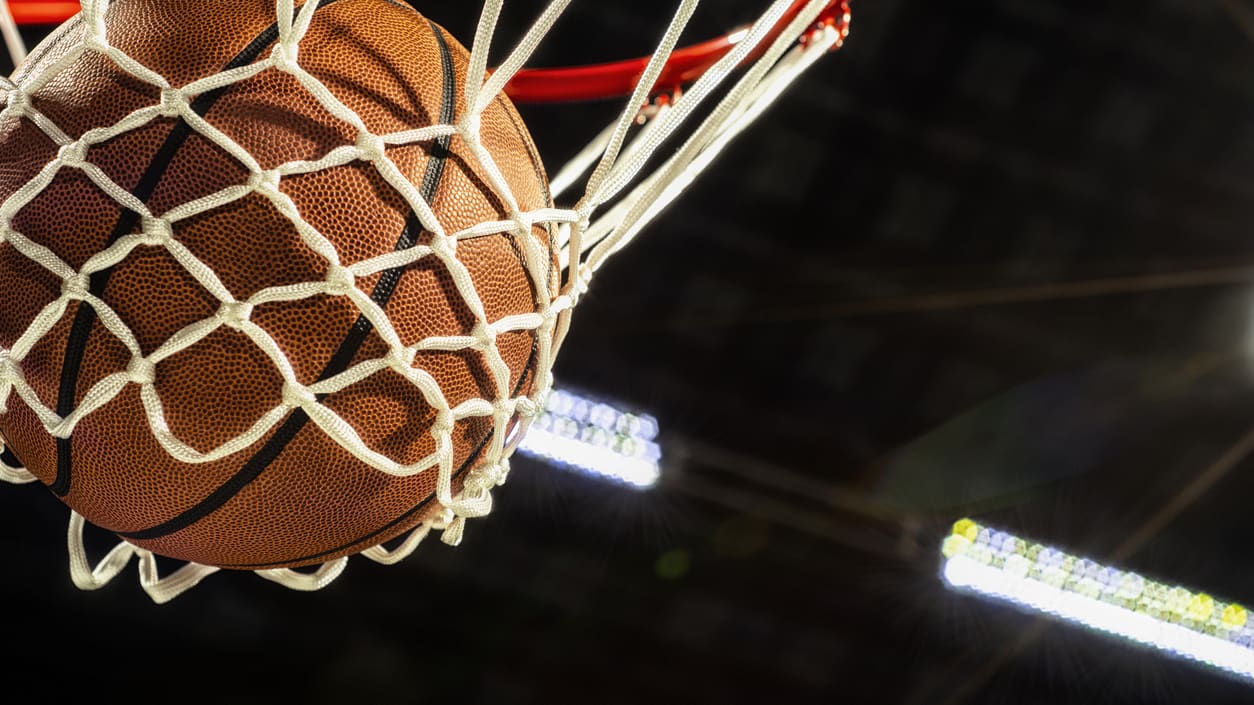A National Labor Relations Board (NLRB) regional director’s ruling that men’s college basketball players at Dartmouth College are employees for National Labor Relations Act (NLRA) purposes resulted in a congressional hearing March 12 called “Safeguarding Student Athletes from NLRB Misclassification.”
Opponents of classifying student athletes as employees cautioned at the House Subcommittee on Health, Employment, Labor, and Pensions and Subcommittee on Higher Education and Workforce Development hearing that it could result in colleges cutting many women’s sports that don’t generate revenue while driving up overtime and tuition costs.
Supporters said such classification is only fair and maintained that student athletes are being exploited in an amateur sports industry that generates billions for higher education and the National Collegiate Athletic Association (NCAA).
Dartmouth College Decision
In February, the regional director rejected Dartmouth’s position that the basketball players were not employees within the meaning of the act. She noted that in the board’s 2016 Columbia University decision, the board considered and rejected its prior holding that graduate assistants cannot be statutory employees.
Dartmouth said the players weren’t employees because they didn’t perform work in exchange for compensation. The college emphasized that it provided no athletic scholarships. In addition, Dartmouth maintained it didn’t have enough control over the student athletes to be their employers.
However, the regional director was persuaded that the players did perform work in exchange for compensation because they received, among other things, an “early read” upon recruitment, equipment and apparel, tickets to games, lodging, and meals. With an “early read,” recruited athletes are provided an estimate of their financial aid in January of their junior year in high school. Because the players perform work in exchange for compensation and Dartmouth has the right to control the work performed by the Dartmouth men’s basketball, they’re employees, the regional director determined.
Dartmouth’s basketball team voted to unionize March 5.
Opposition to Decision
The unionization of a handful of athletes is not the solution, testified Jill Bodensteiner, vice president and director of athletics at Saint Joseph’s University in Philadelphia. The Dartmouth College decision is so broad that it could affect NCAA Division II and III athletics, nonathletic clubs, and high schools, she added. Band members and cheerleaders sometimes get scholarships. Much extracurricular activity may be covered, and students involved in such activity might be considered employees following the reasoning of Dartmouth College case, she said.
The decision’s reach could be detrimental, Bodensteiner cautioned. It may make it hard for some schools to compete when they’ll be forced to play by different rules. The NLRA doesn’t apply to public institutions or religious ones, she noted.
Ultimately, the ruling could result in the reduction of the number of sports sponsored by colleges and universities, Bodensteiner said.
The board got it right when it declined to exercise jurisdiction over student athletes under the NLRA in the Northwestern University case, said Tyler Sims, an attorney with Littler in Newark, N.J.
In the Dartmouth College decision, the regional director distinguished Northwestern University from the case at hand, saying that in Northwestern University the board declined to exercise jurisdiction over the players at the university.
Sims said scholarships are tax-free and asked whether student athletes would have to pay taxes on scholarships if they were considered employees.
Under a collective bargaining agreement, Sims asked, would extra time in the weight room be considered overtime? Would studying be a mandated term of bargaining? When could student athletes talk directly to coaches or have to go through the union?
“It’s not that unions are good or bad. It’s the setting that’s the problem,” Sims said, stating that he didn’t believe classifying student athletes as employees was positive.
Matthew Mitten, a professor of law and director of the National Sports Law Institute at Marquette University Law School, which is in Milwaukee, Wis., said allowing student athletes to be classified as employees conflicts with Title IX of the Education Amendments of 1972, which prohibits schools receiving federal funding from discriminating based on sex, and the Fair Labor Standards Act. The increase in costs to schools could result in the elimination of less revenue-generating teams, including women’s teams, he cautioned.
Rep. Glenn Thompson, R-Pa., commented that the increase in costs resulting from classifying student athletes as employees would mean increased tuition for students.
Supporters of the Ruling
Former NLRB chair Mark Gaston Pearce, executive director of the Workers’ Rights Institute at Georgetown Law in Washington, D.C., said this was a rapidly changing area of the law.
Most students who are athletes struggle to make ends meet, Pearce stated. “Racism drives opposition to pay college athletes,” he said, calling it “a plantation dynamic” extracting value from athletes to pad others’ pockets.
“The status quo can’t persist,” Pearce said, calling the “current situation unsustainable and unjust.” He called for collective bargaining for students who are athletes, ensuring them a seat at the table.
Ranking Member Bobby Scott, D-Va., asked Pearce how being a student athlete was different from a student working in the library.
There’s not much difference, Pearce replied.
Rep. Joe Courtney, D-Conn., said the world didn’t come to an end after the Columbia University decision, which he thought was a similar case to Dartmouth College.
Columbia University has worked out well, Pearce said.
Courtney said the right for student athletes to unionize would “force universities to reimagine college athletics.”
An organization run by AI is not a futuristic concept. Such technology is already a part of many workplaces and will continue to shape the labor market and HR. Here's how employers and employees can successfully manage generative AI and other AI-powered systems.




